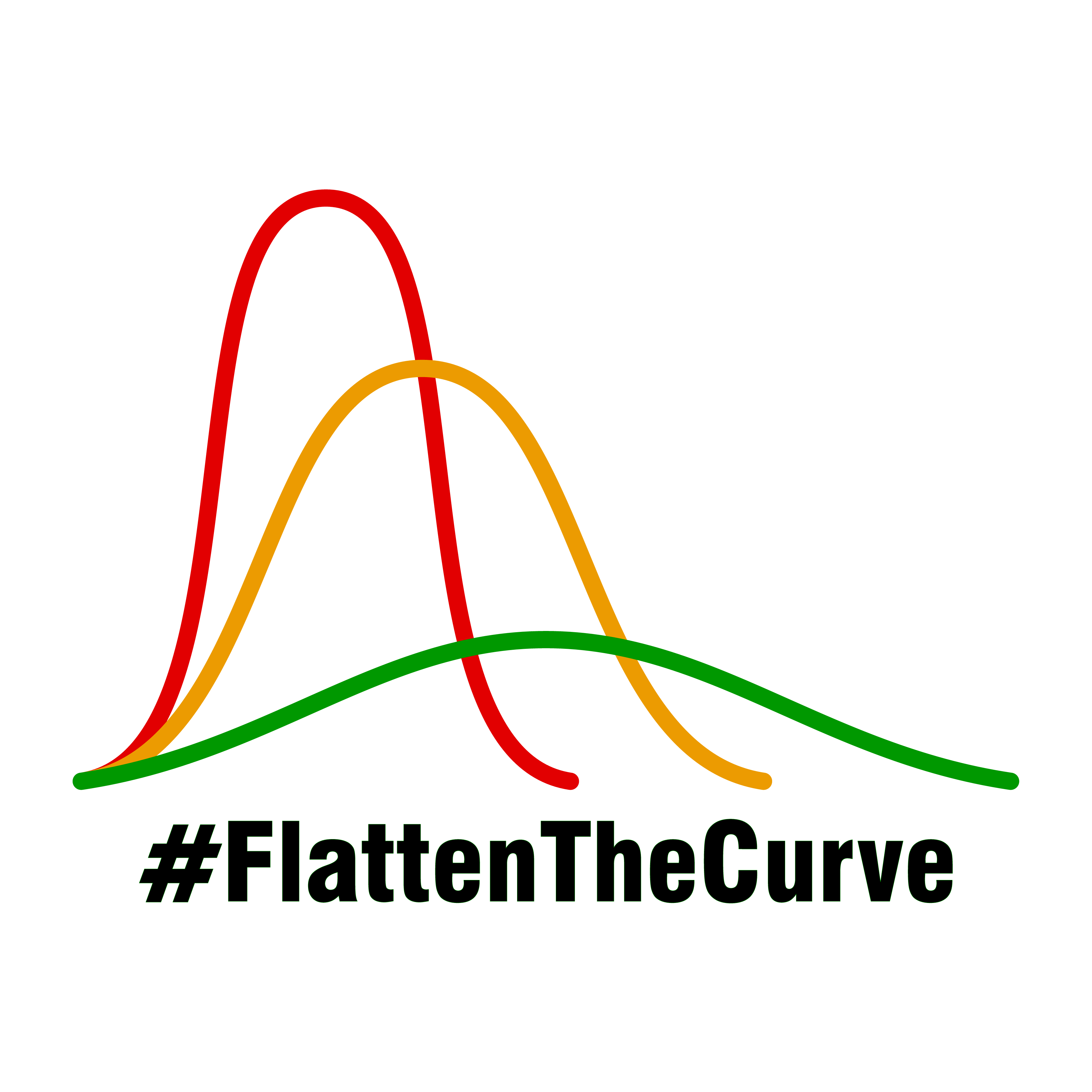In our Insight, Financials: Does COVID-19 Represent a Growth Scare, Credit Event or Crisis (March 25, 2020), we discussed the implications of the global economy moving swiftly into an undetermined period of negative economic growth. For the banks, we fully expect the result will be a credit cycle. Although the peak of losses and the duration are very much unknown, we believe this credit cycle is likely…
Insights: Region
One Chart: Australia Appears to be Flattening the Curve Ahead of Other Countries (including Canada)
In our Insight, “Financials: Does COVID-19 Represent a Growth Scare, Credit Event or Crisis” (March 25, 2020), we discussed the implications of the global economy moving swiftly into an undetermined period of negative economic growth which has caused stocks to fall sharply. One critical variable for every country will be when they can restart their economies, which will be heavily influenced by each country’s ability to…
Financials: Does COVID-19 Represent a Growth Scare, Credit Event or Crisis?
Since we launched our first ETF in January 2016, there have been four significant macro corrections in four years. None of those large and painful corrections represented a crisis, insofar as the declines did not represent a threat to the solvency of the financial sector, either from a lack of liquidity or the destruction of capital. Rather, they were related to the market rapidly (and, in…
Update: HFA Outperforming the Canadian Banks with Lower Volatility (in Charts)
The Hamilton Australian Financials Yield ETF (HFA) invests in one of the world’s best financial sectors, anchored by some of the world’s best capitalized banks. As evidence of the quality of the Australian financial sector, the Australian banks outperformed the Canadian banks during the global financial crisis. This strong historical performance is underpinned by the fact Australia is a higher performing economy, with GDP growth consistently…
One Chart: When/Where the Canadian Banks Spent US$32 bln on U.S. Banks
All Canadian bank investors know that expansion into the U.S. personal and commercial (“P&C”) banking sector remains the focal point of capital deployment for the Canadian banks. In fact, US banking has been – by far – the largest destination of capital deployment since 2004 (when TD Bank acquired a majority stake in Banknorth), with the Canadian banks having spent a huge US$30 bln. The chart…
One Chart: U.S. Bank M&A Doubles in 2019 (and Why We Expect More)
In the 10+ years since the global financial crisis, deal values in U.S. bank M&A have been slow to reach pre-crisis levels. This is notable since in the nearly 25 years preceding the financial crisis bank M&A was an important theme (particularly between 1995 to 2007) as the chart below highlights. Note to Reader: This Insight includes references to certain Hamilton ETFs that were active at…
Notes from India: All is Well in the World’s Fastest Growing Market
We had the opportunity to meet the management teams of a dozen Indian banks, insurers and asset managers in the financial capital of Mumbai, India last month. Nearly a year since our last meetings with senior bank executives and notwithstanding the recent slowing of economic growth, management teams were optimistic of India’s medium to long-term GDP growth outlook. The optimism was driven by a structural market…
Canadian Banks: One Chart Showing Higher Volatility Since New PCL Accounting Took Effect
In April we wrote an Insight in which we explained why we believed the volatility of Canadian bank stocks was likely to rise[1]. Specifically, we cited two reasons: (i) rising acquisition risk, and (ii) implementation of the new provision accounting (IFRS 9). Since the first reporting season (February 2018) following the introduction of this new provision accounting, it does appear that the monthly volatility for the…
HFA: Identical Return to the Canadian Banks with Much Lower Volatility (and Lower Correlations)
The Hamilton Australian Financials Yield ETF (HFA) recently celebrated its one-year anniversary. Although the global financials and the Canadian banks experienced significant volatility since its launch in December 2018, HFA has produced consistent monthly returns and dividends as well as identical returns to the Canadian banks, but with much lower volatility (and relatively low correlations). Note to Reader: This Insight includes references to certain Hamilton ETFs…
U.S. Bank M&A: Another Accretive MOE, Another Positive Market Reaction
On Monday, this year’s third (sizable) U.S. bank merger-of-equals (“MOE”) was announced, continuing a trend we expected following similar transactions early in 2019. We have previously written that after a multi-year period of muted merger activity that U.S. bank consolidation – particularly among mid-cap banks – was poised to accelerate. We have cited this theme as impacting the U.S. mid-cap financials sector generally and the banking…
U.S. Mid-Caps: Yield Curve False Alarm? 9th Straight Quarter of 10%+ EPS Growth
Since Hamilton U.S. Mid-Cap Financials ETF (USD) (ticker: HFMU.U) was launched in September 2017, the yield curve has flattened. Some market participants have taken this broader market signal to be an accurate predictor of a recession and by extension a credit cycle for banks. However, those interpreting the flattening of the yield curve (spread between the yield on the US 10 year and the Fed funds…
Australian Financials: History of Strong/Stable Dividend Growth
The Australian financial sector is among the highest quality and strongest in the world (and very similar to that of Canada). Moreover, Australia is one of the wealthiest countries in the world with GDP/capita nearly 20% higher than that of Canada. It is also forecast to be one of the world’s fastest growing developed economies in 2020 (at 2.4%), providing a supportive backdrop to the financial…












